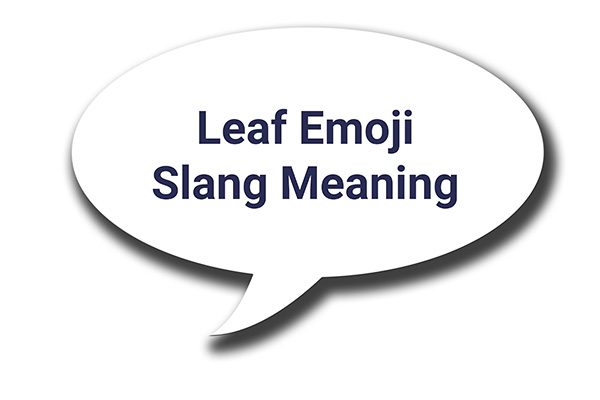
We live in an age where emojis play a critical role in the textual conversations of youngsters. Each little character can carry an ocean of subtexts, hidden meanings, and sometimes, even codes. Today, we’re exploring one such emoji – the 🍃.
What does the 🍃 Emoji Mean?
The 🍃 emoji, known as the "Leaf Fluttering in Wind" is quite innocuous at first glance. It pops up seasonally, especially around autumn or in conversations about nature and the environment. However, in teen parlance, this emoji carries a different connotation altogether. It is often used as a slang term for marijuana. For instance, a text from a teen might read, "got 🍃 for tonight?"
Having a Healthy Conversation About Slang
- New Cool Words: Asking them about the latest trends in their vocabulary can be an excellent way to start the conversation. For instance, “What’s a new word you and your friends are into right now?”
- Nostalgia Time. Exploring how coolness in language has evolved since your childhood opens a gateway to their world. You could say, “When I was your age, people would say something was ‘all that and a bag of chips’ if it was awesome. What’s your favorite word to describe something as cool?”
- Emojis and Their Multifaceted Meanings. Bringing up the topic of emojis and their altered meanings can alert them to the risks of misinterpretation. You might ask, “I know emojis can mean something different to kids than they do to parents. Are there any emojis I use that you think I should stop using?”
- Personal Emoji. A personal anecdote often works well to initiate meaningful dialogue. Inviting them to describe themselves using an emoji might give you insight into their current mood or self-view. For instance, “If you could describe yourself using just one emoji, which one would you pick?”
Navigating the waters of teen slang can be tricky, but with open dialogue and a sincere attempt to understand, parents can help guide their children through the pitfalls and pleasures of online communication.